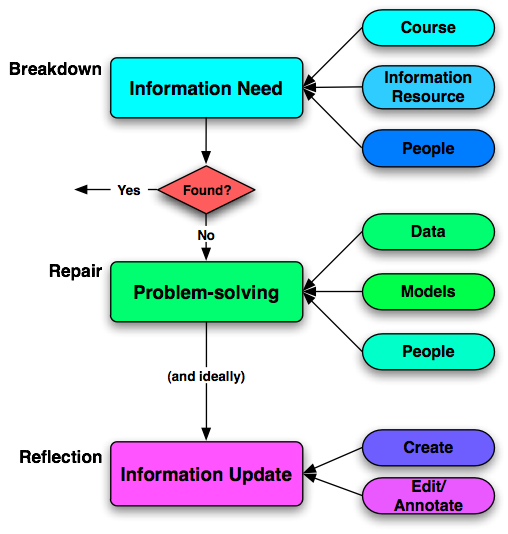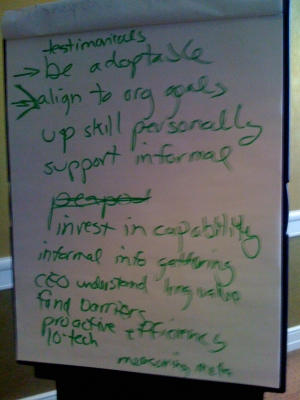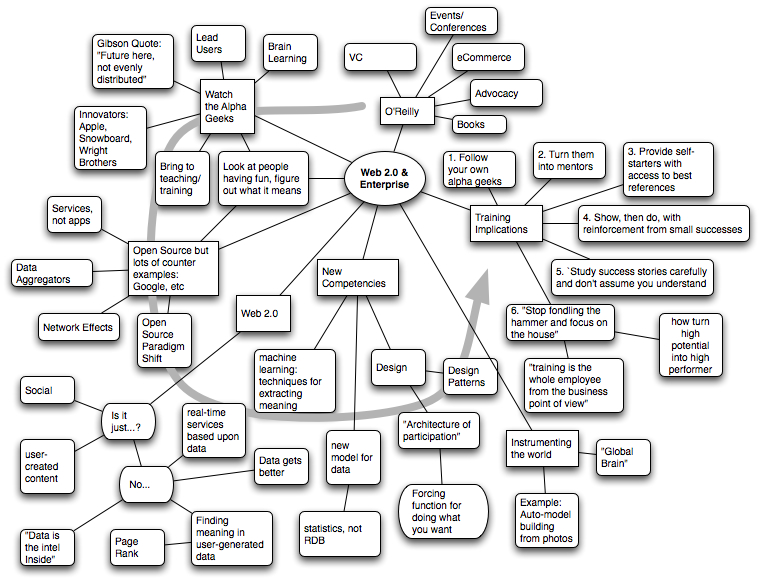We interrupt your regularly scheduled blog for this important message:
I was talking with one of the bright and lively people at DevLearn 08 (the conference *rocked*), and we started talking about different folks’ ‘styles’. She was opining about a couple of well known consultants and their credibility. I naturally asked about her perception of mine, and she was surprised to find out I was an independent consultant, thinking I was some sort of academic.
That’s not an insult, as I have been an academic and I believe that the deep background I bring to bear is not only a benefit in the work I do but also in the way I educate my clients. However, allow me to be very clear:
I am a consultant (and, I like to think, a very good one). It’s how I support my mortgage, HMO, and family (in that order :). I work with organizations that:
- need to move beyond small and isolated stabs at elearning
- are realizing the focus is on increasing organizational excellence
- want to take full advantage of technology benefits to innovation and execution
- don’t want to be swayed by a biased opinion
- want advice about what makes sense for their context in the short, medium, and long term
I offer a reliable capability to assess a need, whether tactical or strategic, and find a sound (and typically innovative) yet pragmatic solution, whether improved design, a full plan, or ongoing assistance. This is based upon a deep understanding of cognition and technology, a lateral thinking style, an ability to learn quickly and swiftly assess a situation, and a systematic bent that tends to explore alternatives and the associated trade-offs to yield a solution that’s not ‘off the shelf’. It’s also independent, so once you’ve got a plan, you can evaluate who’s best to implement it. It’s about melding creativity with process to yield solutions, not just ideas. I work through Quinnovation, and with my esteemed colleagues Jay Cross, Harold Jarche, and Jane Hart through TogetherLearn.
I hope that’s clear. If you want to know more, I’m easy to find; drop me an email, or give me a call.

We now return you to your regularly scheduled blog.



